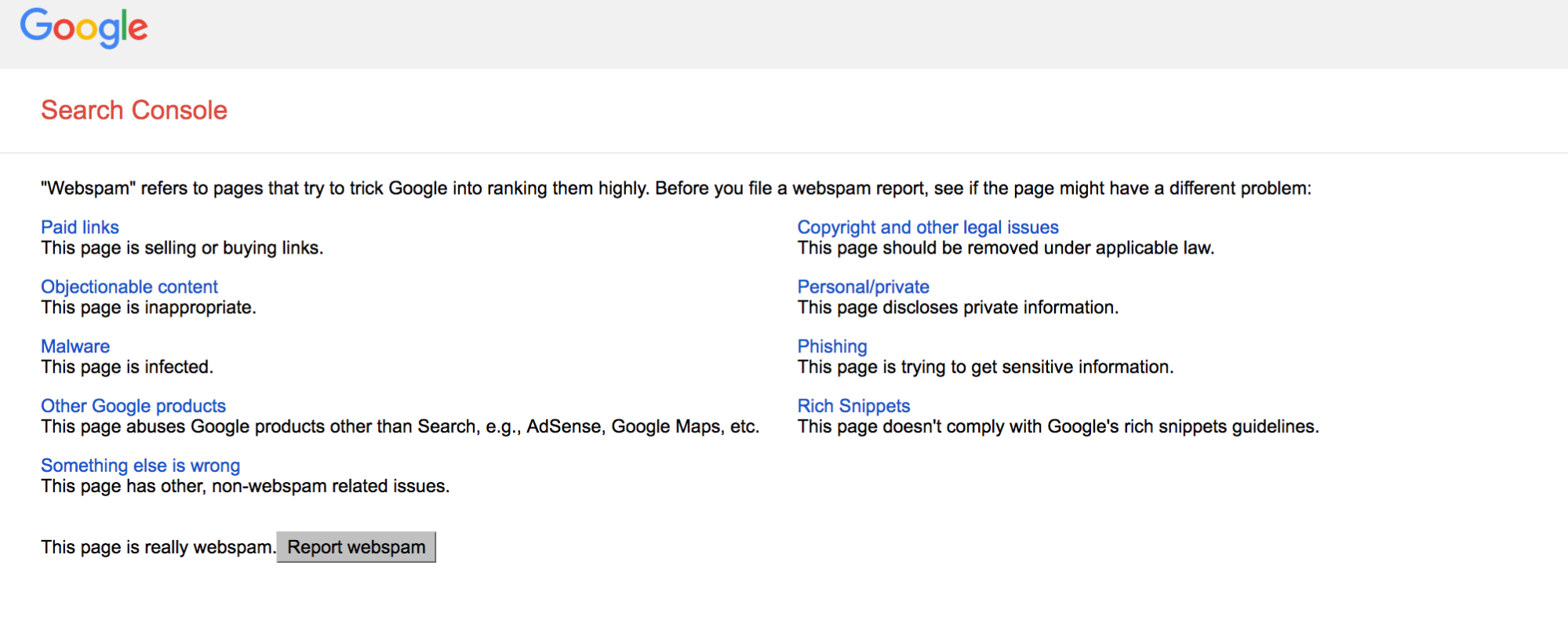Source: Neil Patel If you’ve been reading my blog for a while, you’ll know that I regularly post about SEO tactics. And normally, these tactics are

If you’ve been reading my blog for a while, you’ll know that I regularly post about SEO tactics.
And normally, these tactics are considered “white hat.” In other words, they focus on human audiences and optimize for people instead of machines.
White hat techniques are also considered best practices by all SEOs. In that way, white hat techniques are the most popular.
But I like to stay completely honest, so I’ll confess––sometimes, I like to live on the edge.
Sometimes, that means ignoring my shoes when they need to be tied. Other times, that means trying risky SEO tactics that just might pay off.
So in this article, I’ll be going over some of these so-called “risky” tactics.
But first, you’re probably wondering what exactly I mean by “risky.”
“Risky” SEO tactics fall into two categories.
Category #1 consists of SEO tactics that endanger the user experience (UX).
These tactics can present problems because SEO should be done for living, breathing human beings instead of search engine bots.
Category #2 consists of what are known as “gray hat” techniques.
A little bit of background: In addition to white hat techniques, there are also black hat techniques. These techniques usually don’t follow search engine guidelines because they’re more aggressive and are targeted only at machines and not people.
So gray hat techniques are somewhere in the middle. WordStream defines gray hat well: “Gray Hat SEO is an SEO practice that’s riskier than White Hat SEO, but one that may or may not result in your site being banned from search engines and their affiliate sites.”
Gray hat tactics may get you in trouble, but then again, they might not. And sometimes, that’s a risk that’s worthwhile to take.
If you try any of these, I should say that I’m not responsible for any results. I’m just sharing these tactics, so don’t shoot the messenger. You’ve been officially warned!
Interested? Let’s take a look at 12 gray hat techniques that might give you some nice wins.
1. Add 1,000 words of content to your homepage and articles
Why it’s risky: It can make your articles look cluttered with text, which can be off-putting to your human visitors. No one wants to be greeted with a wall of text when they read an article.
The UX risk on the homepage is even stronger. Today’s design trend is to keep homepages light on text and heavy on images.
Tossing a thousand words on a homepage can jeopardize the user experience, especially if you’re not careful with the rest of your design.
Why it works: Search engines absolutely love content, especially long form content.

Basically, search engines treat websites with lots of content as high-authority websites. That’s why I always advocate for long form content.
Readers love it too, so it’s a no-brainer in every way imaginable.
While it may not be the best idea to add a thousand words to a homepage, doing so with your articles is brilliant.

If you add 1,000 words to your articles, you’ll likely get a ranking boost on those pages within days.
In fact, serpIQ found that most position #1 SERP results have 2,000 or more words. If your articles pass that mark, you could see those pages move up to a better spot in almost no time.

How to do it: Create long form content that will provide value to your users and help them in some way.
(Even though we’re specifically talking about articles here, you can apply this idea to any page on your website — homepage, about page, contact page, etc. The ranking benefits will be the same.)
You’ll want in-depth content that explains the topic in extreme detail and provides a ton of actionable value to your readers.
Bryan Harris of Videofruit does a great job of this. He regularly posts long form articles that are jam-packed of useful advice that his readers can use.

If you emulate that style and structure, you’ll not only see a ranking boost but also more love from your readers.
2. Use (some) negative SEO

Why it’s risky: Negative SEO focuses on lowering your rivals’ rankings instead of increasing your own.
I’ll be the first to say that not all negative SEO techniques are created equal. Some tactics (like hacking sites) are downright wrong. Those can come back to bite you.
But there are some tactics that are more strategic than scammy.
Why it works: If you can tell that your competitors are using some black hat techniques, you’re actually doing Google a favor.
If your competitors are playing by the rules, well, all’s fair in SEO. (Sort of.)
Negative SEO isn’t explicitly frowned upon by Google. They do think it’s a waste of time, and they’re right in some instances.
Google’s John Mueller had this to say about negative SEO:

But if you know how to use it the right way, negative SEO can yield good results.
How to do it: When it comes to negative SEO, we’re talking about a wide variety of tactics.
In my opinion, there’s one technique that’s completely safe and ethical: reporting your rivals for shady SEO.
Take a close look at your competitors’ pages to see if they’re using any unscrupulous SEO techniques. You might be surprised at what you’ll find.
You can choose from some common offenders (including paid links, rich snippets violations, and Google product abuse) on Google’s official spam report form:

And here are some more black hat SEO tactics that you can report. These happen more often than you’d think, so reporting these can be an effective strategy.
3. Buying expired domains
Why it’s risky: If you’re buying expired domains to 301 redirect or backlink to your site, Google may see the action and decide it doesn’t count. This is especially true if the domain you bought is rather old.
Why it works: You can either redirect traffic from the purchased domain to your domain, or you can keep the old domain alive and build backlinks to your site.
Either way, you can get an easy SEO advantage that doesn’t cost too much.
How to do it: For this to work well, the domain you purchase should be in your niche.
Head over to expireddomains.net.

Create a free account by clicking the “Sign Up” button in the top right corner.

Fill in your information and click “Sign Up…

COMMENTS